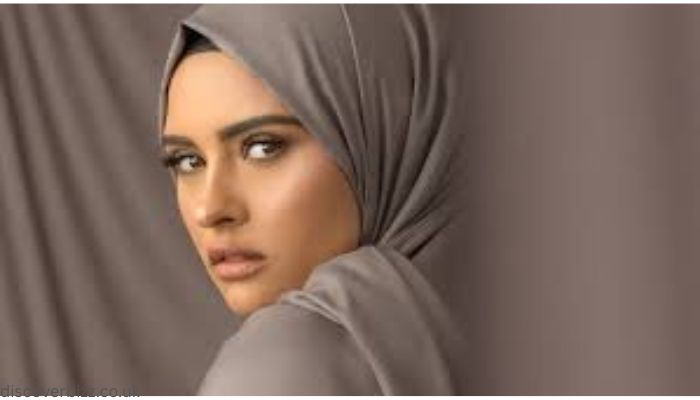The Formation and Importance of the Hijabhoojup in Modern Society
The term “hijabhoojup” may refer to a modern or social media-driven version of the traditional hijab, worn by Muslim women to cover their neck and hair. The popularity of hijabhoojup has given women a new way to express their modesty while embracing modernity and uniqueness. This trend may be a reflection of the growing convergence of fashion and religion, especially in the age of social media and online influencers, which allow individual expression while upholding religious principles.
The Hijab’s Religious and Cultural Origins
The hijab, a symbol of modesty, privacy, and morality in Islam, has its cultural and theological origins. Its primary purpose is to adhere to the haya (modesty) concept, despite variations in form and interpretation across cultures.
The hijab has been a significant representation of Muslim women’s religious identity for generations, but it has also generated confusion and controversy, particularly in majority-Muslim countries where it is often viewed through political unrest or cultural disparities. Despite these challenges, many Muslim women proudly wear the hijab as a symbol of their personal and spiritual values.
The Role of Hijabhoojup and the Development of Modest Fashion
The modest fashion movement has gained popularity due to social media platforms like YouTube, Instagram, and TikTok. It is a trend that offers a range of modest dress styles to suit people’s values, regardless of religious affiliation.
The “hijabhoojup” part of hijabhoojup refers to modern Muslim women rethinking modesty, using fresh materials, patterns, or inventive styling techniques to reflect individual preferences and likes while respecting the ideals of modest clothing.
The Intersection of Tradition and Modernity
The concept of hijabhoojup highlights the balance between tradition and modernity in today’s interconnected world. Muslim women wear headscarves to display their faith, but they also interact with the outside world. Hijabhoojup allows women to customize the hijab to fit their style while upholding its principles. This dynamic interplay between modesty and self-expression reflects the way younger generations interpret cultural and religious traditions. Muslim women also interact with the beauty and fashion industry, promoting control over their appearance by experimenting with modest fashion trends and defying conventional beauty standards, which often prioritize Western conceptions of femininity.
Hijabhoojup Style Trends and Techniques
Hijabhoojup is a fashion trend that involves experimenting with draping methods, textures, and accessories. Popular techniques include the turban twist and layered cascade, with accessories like pins and hijab caps adding polish. Social media platforms like Instagram and TikTok have amplified the trend, with influencers showcasing seasonal adaptations. The key to hijabhoojup is balancing innovation with modesty, ensuring every ensemble feels authentic and purposeful.
The Hijabhoojup’s Future in International Fashion
The modest fashion industry, valued at over $300 billion, is embracing hijabhoojup as a cornerstone. Designers are collaborating with hijabi influencers to launch inclusive collections, while tech innovations like virtual styling apps make the trend accessible. Eco-conscious brands prioritize organic fabrics and ethical production. Hijabhoojup promotes cultural exchange, challenges stereotypes, and encourages women to view modesty as a creative canvas.
Conclusion
Hijabhojup is a blend of tradition, modernity, and digital culture, allowing Muslim women to express themselves while adhering to their religious principles. As the movement gains momentum, it’s crucial to acknowledge the opportunities and challenges it presents while celebrating the empowerment of women in the fashion industry. Hijabhojup represents how religious and cultural customs can be respected and updated for contemporary society, making it a significant representation of modest fashion. Read More









Post Comment